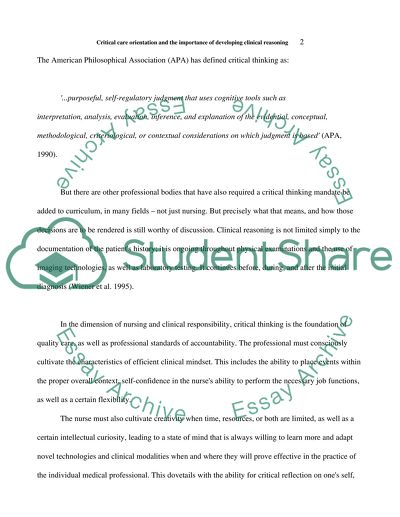Cite this document
(“Critical care orientation and the importance of developing clinical Research Proposal”, n.d.)
Retrieved de https://studentshare.org/nursing/1392697-critical-care-orientation-and-the-importance-of
Retrieved de https://studentshare.org/nursing/1392697-critical-care-orientation-and-the-importance-of
(Critical Care Orientation and the Importance of Developing Clinical Research Proposal)
https://studentshare.org/nursing/1392697-critical-care-orientation-and-the-importance-of.
https://studentshare.org/nursing/1392697-critical-care-orientation-and-the-importance-of.
“Critical Care Orientation and the Importance of Developing Clinical Research Proposal”, n.d. https://studentshare.org/nursing/1392697-critical-care-orientation-and-the-importance-of.


